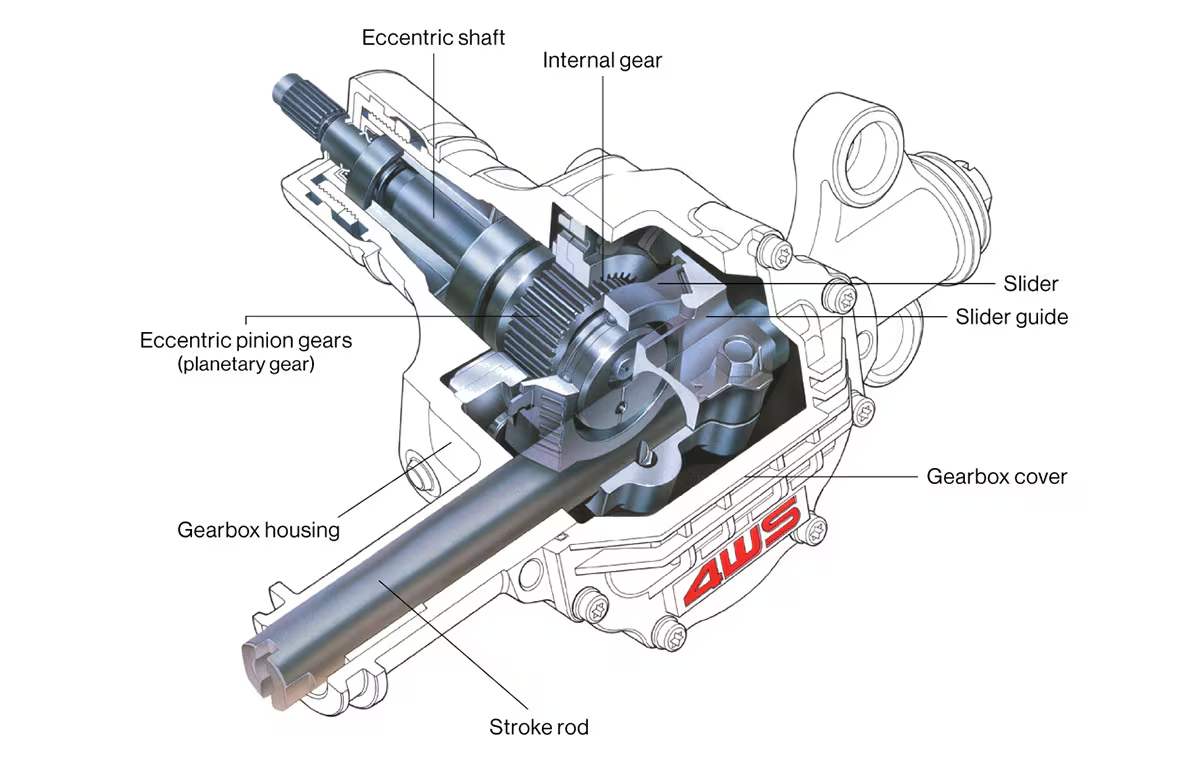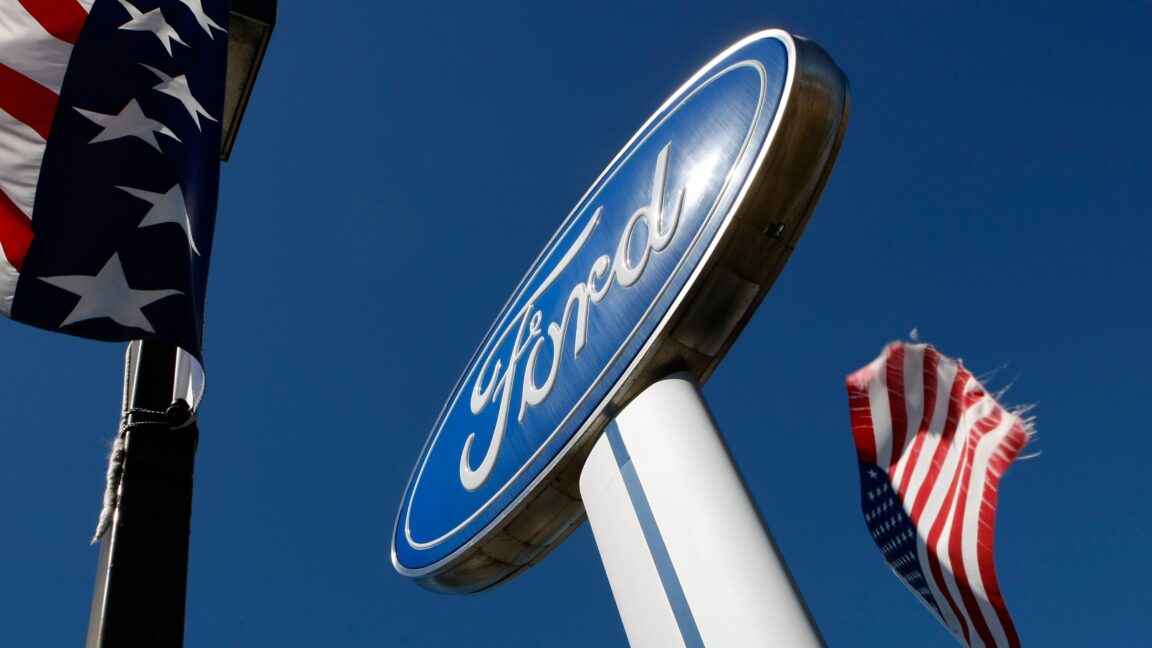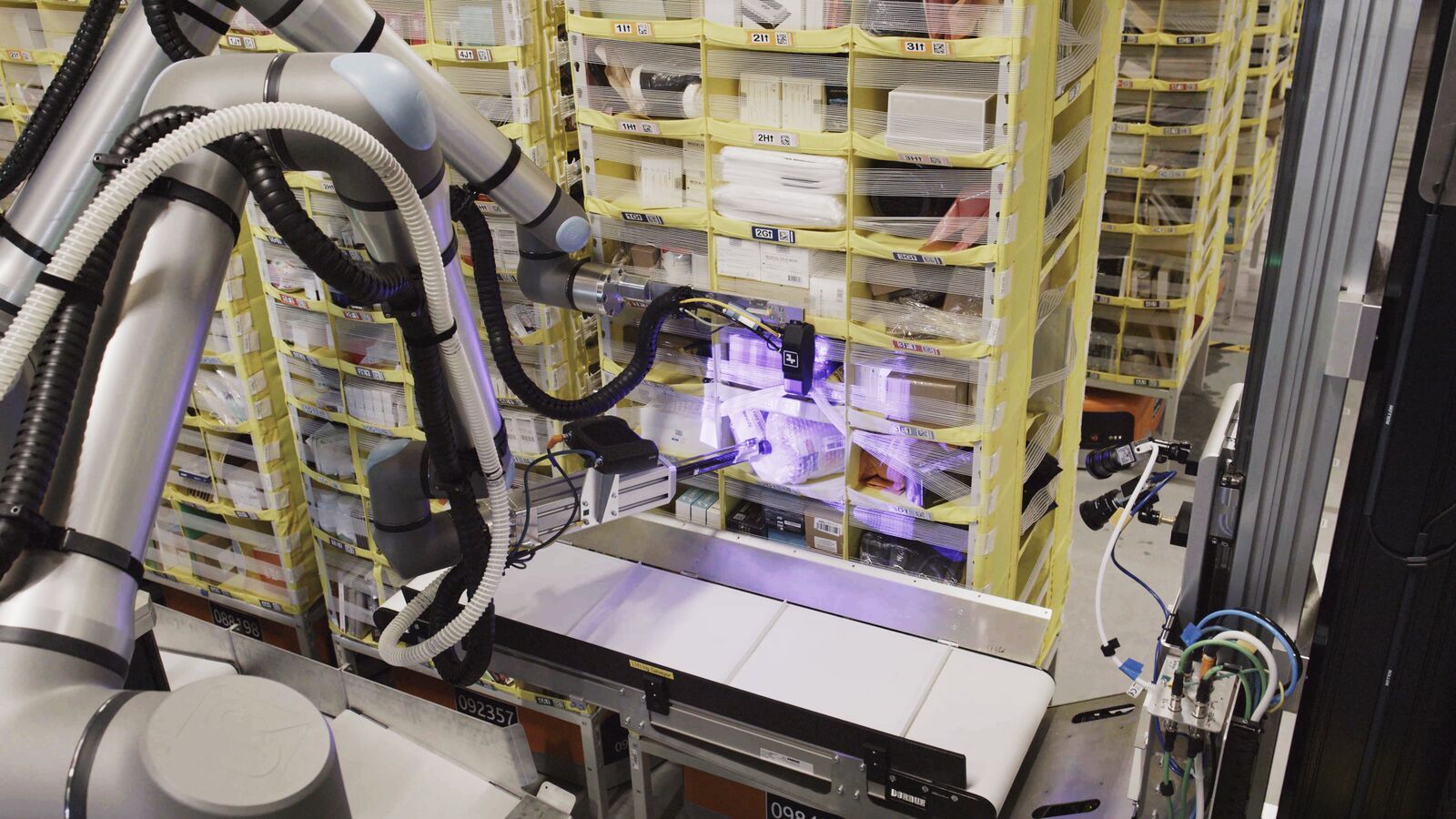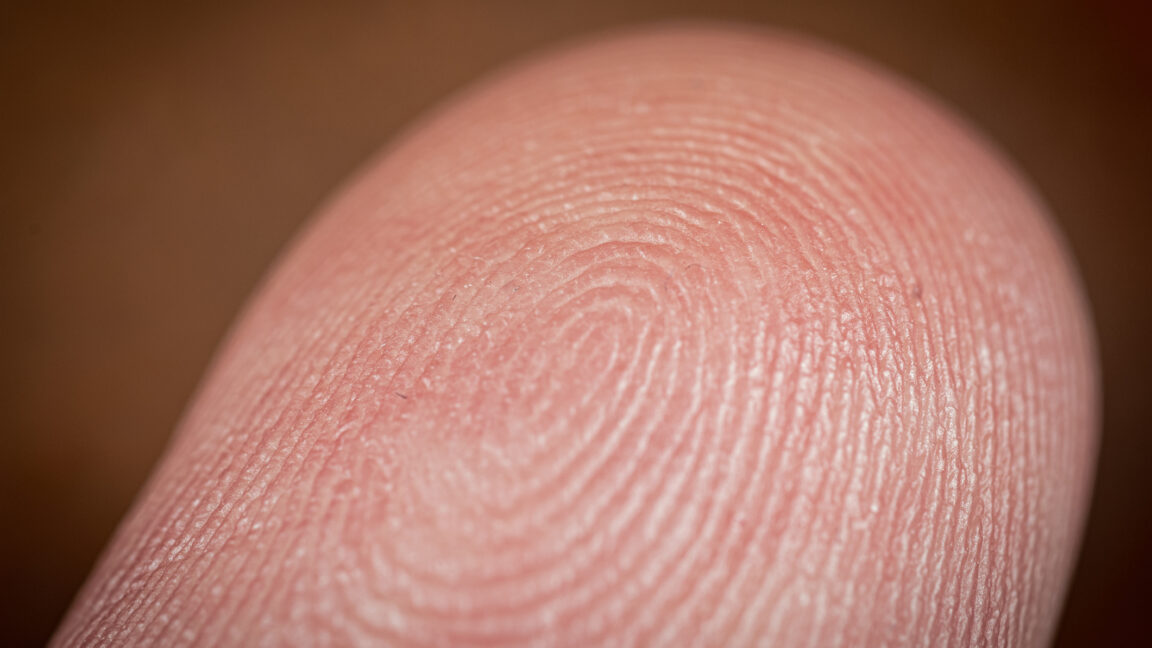
Once that was done, the researchers started looking through the genomes of species that have been identified as breaking down industrial contaminants.
The breakdown of complex molecules typically involves more than one enzyme, and the genes for these enzymes tend to end up clustered together, so that they can be produced as a single, large RNA that encodes all the proteins needed.
This simplifies regulating their production, making it easy to ensure the bacteria only make the proteins if the molecule they break down is actually present.
In this case, the clusters ranged from just three genes all the way up to 11.Once nine of these gene clusters were identified, the DNA that would encode them was ordered and assembled into a single DNA molecule in yeast.
The researchers took some time while ordering this DNA to better optimize the genes to be active and produce proteins in Vibrio natriegens, as opposed to whatever species the genes were normally used by.From yeast, each of these individual gene clusters was inserted into Vibrio natriegens, creating different strains that could digest one of the following: benzene, toluene, phenol, naphthalene, biphenyl, DBF29, and dibenzothiophene (DBT).
(Some of the nine clusters target the same contaminant.) Each of these bacterial strains was then put in a solution with the chemical they were engineered to digest.
Five of the nine worked, giving researchers strains that could digest biphenyl, phenol, napthalene, DBF, and toluene.From there, the researchers developed a system that would enable them to iteratively insert a new gene cluster at the tail end of a previously inserted gene cluster.
This allowed them to build up a cluster of clusters, eventually including all five of the ones that had shown activity in the earlier tests.
Given two days, this single strain could remove about a quarter of the phenol, a third of the biphenyl, 30 percent of the DBF, all of the naphthalene, and nearly all of the toluene.

 8
8



















